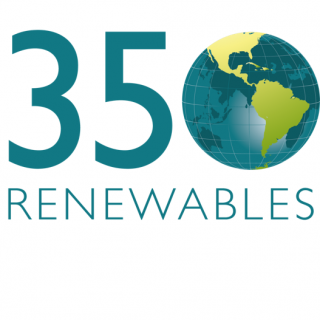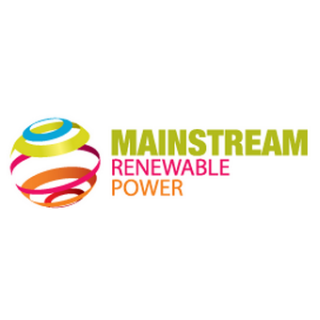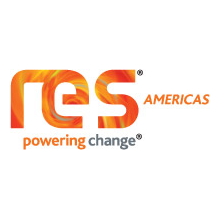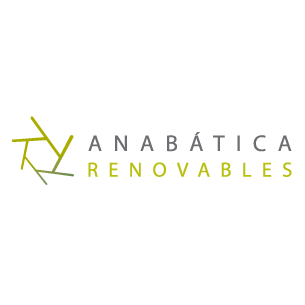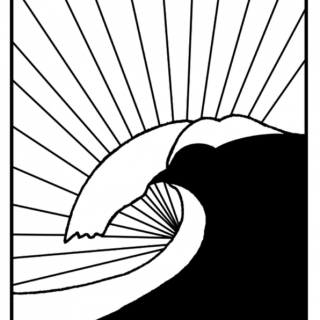
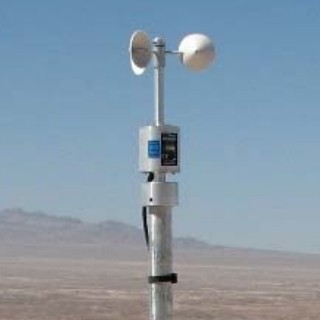
Reference Station Network
Wind and solar projects are often project financed based on long-term projections of the resource, which in turn are crucially dependent on the availability of reference station data. In Chile, such station network was developed by the Ministry of Energy in recent years, providing valuable data to the industry.
Uncertainty now exists with regards to if and how this network is maintained into the future. The Reference station network working group was established to raise awareness among stakeholders about the risks that would arise for the industry as a whole from abandoning the network.
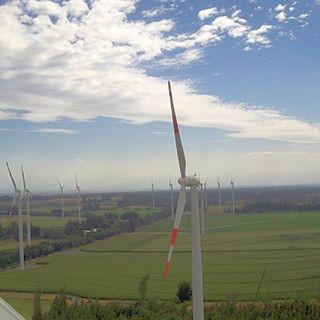
Interannual Variability
Chile is a relatively new market and is located in a region of the world within which little experience exist with regards to variability of the solar or wind resource on medium-term or long-term timescales.
In the absence of such experience, consultants often assume similar patterns to those observed overseas, thus taking a significant risk as to how representative they may be for Chile, and the diverse conditions found here.
The IAV work group was established with the aim to compile a body of evidence on the specific conditions found in Chile, thus allowing fairer assessements, and ultimately a more favourable environment for project financing.
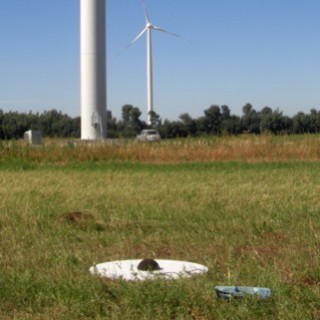
Wind Farm Noise
Decreto 38 of the Environmental Ministry is the currently applicable directive according to which noise emissions from a wide range of sources, including wind farms, are to be assessed. Since wind farms are still a relatively new type of development in Chile, no industry best practice as to how to carry out wind farm noise assessments within the framework of Decreto 38 has evolved, yet.
The Wind Farm Noise Working Group was established to raise awareness of, and try to address some of the most common potential risks that developers, consultants, operators and investors may find themselves faced with as a result of that.
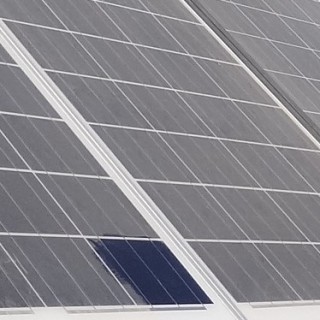
Soiling
The accumulation of dirt on solar panels (“soiling”) can have a significant impact on the performance of photovoltaic (PV) systems, in particular in areas with high dust and low or no rain fall like the Atacama Desert. A literature review suggests that soiling losses can vary from 0 to 40% of the annual energy production in extreme locations. Therefore, soiling losses can be the most significant source of energy output uncertainty if no site specific investigations are carried out.
Several attempts have been made by the industry and research institutions to model the effect of soiling losses on utility scale PV systems which have shown promising results. However, at the preconstruction stage, practical limitations with regards to the input parameters required for these models continue to result in uncertainty levels that need to be reduced for the financing and planning the operation of utility scale PV plants in dry and desert environments. The Soiling Working Group was established to coordinate industry wide efforts in Chile to quantify the problem in the Atacama region and discuss possible solutions.



